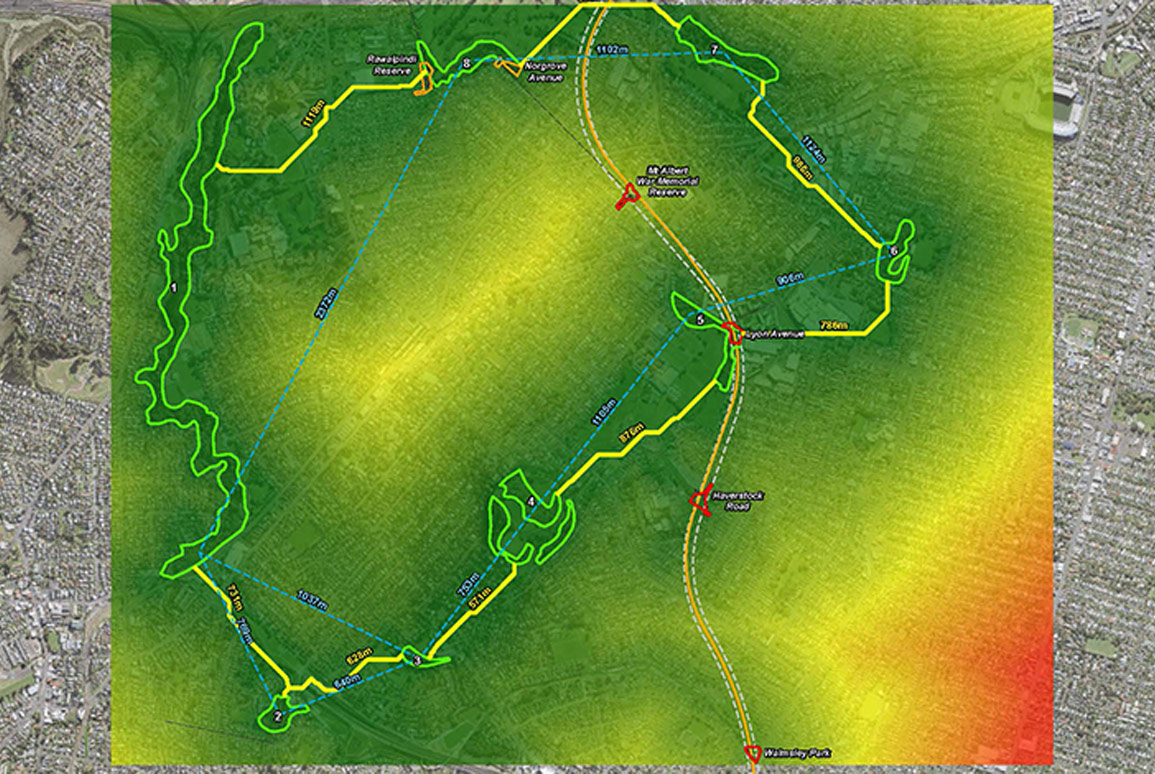Helping the Central Interceptor achieve a ‘Leading’ ISCA sustainability rating
18 November 2020
The Central Interceptor is New Zealand’s largest wastewater tunnel project at 14.7 km long and 4.5m wide. It is located in Auckland and will run underground from Grey Lynn to Watercare’s Māngere Wastewater Treatment Plant.

The tunnel will reduce combined wastewater and stormwater overflows that currently flow into urban waterways and beaches by 80%. It will also duplicate a critical section of the wastewater network under the Manukau Harbour that is ageing, provide storage and capacity for growth, and improve network efficiency.
Watercare was seeking an Excellent ISCA (Infrastructure Sustainability Council of Australia) rating of the Central Interceptor’s design. The verified ecology credits, supported by Boffa Miskell, helped the project to secure a ‘Leading’ rating, the highest possible ISCA achievement.
Boffa Miskell provided the Ecological Impact Assessment and devised an ecology quantification method to apply percentage increases of ecological enhancement to individual initiatives and demonstrate an overall net ecological enhancement. GIS mapping was used to demonstrate improvements in connectivity across habitats within the urban environment.
“The ecology rating was an important component of the overall rating but had its own challenges. As an urban and mainly underground project, the challenge was maximising opportunity for enhancement while achieving sufficient points to get the ecology rating,” says project lead Ian Boothroyd.
“An Infrastructure Sustainability rating has two components under the ecology category: Ecological Value (Eco-1) and Habitat Connectivity (Eco-2). The opportunities to provide the ecological enhancements were limited to a small number of surface sites.”
The rating assessment requires that ecological value and ecological connectivity are assessed before and after the construction.
Ian and senior GIS Specialist Sandeep Gangar worked with the Watercare sustainability team, led by Olivia Philpott, to plan what was achievable at each of these sites. Using information collected for the ‘Assessment of Ecological Effects’ report, it was possible to build a picture of each site and what enhancements were feasible during and after the construction of the tunnel project. This also led to the development of an Ecological Management Plan, which Boffa Miskell are refining with the Central Interceptor contractors.
“The ecology team collected data through 5-minute bird counts, habitat observation and active searches at various points along the Central Interceptor,” says Sandeep. “This information was then laid over the map at five key points. We could then see places where ecological enhancement was possible, and later we could see the results of those enhancements.”
Key ecological enhancements include revegetation, riparian planting, and the development of terrestrial microhabitats and aquatic habitat. Improving connectivity between habitat sites was also important.
Linkage Mapper was used to assess connectivity in the immediate environs of selected priority Central Interceptor sites. Linkage Mapper works with geospatial data to help the user categorize landscape patterns and metrics, and is useful in identifying areas where land use activities have resulted in fragmentation or enhanced connectivity of the landscape.
Boffa Miskell’s report showed that a greater than 20% enhancement in habitat connectivity has been achieved for the Central Interceptor. Enhancing ecological values at a small number of optimal sites, and not decreasing values at remaining sites, resulted in a substantial increase in overall ecological values of the project as a whole.
For further information please contact Dr. Ian Boothroyd or Sandeep Gangar

